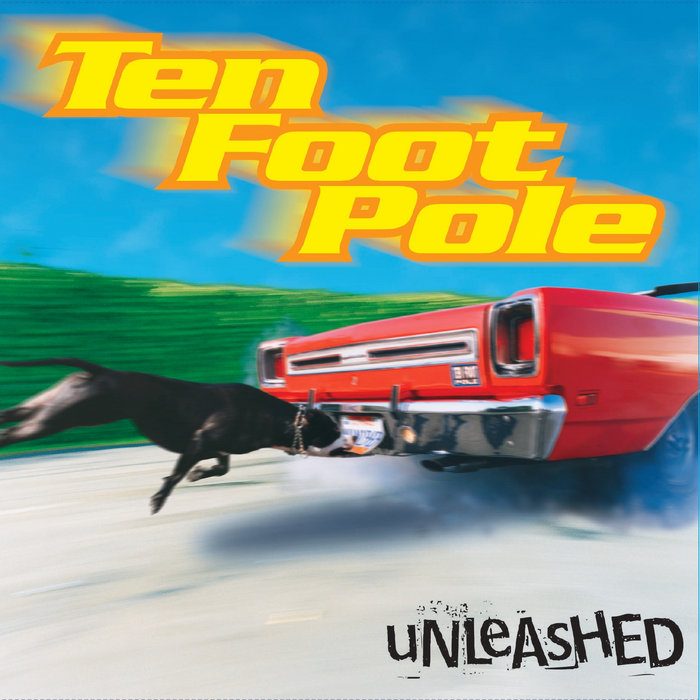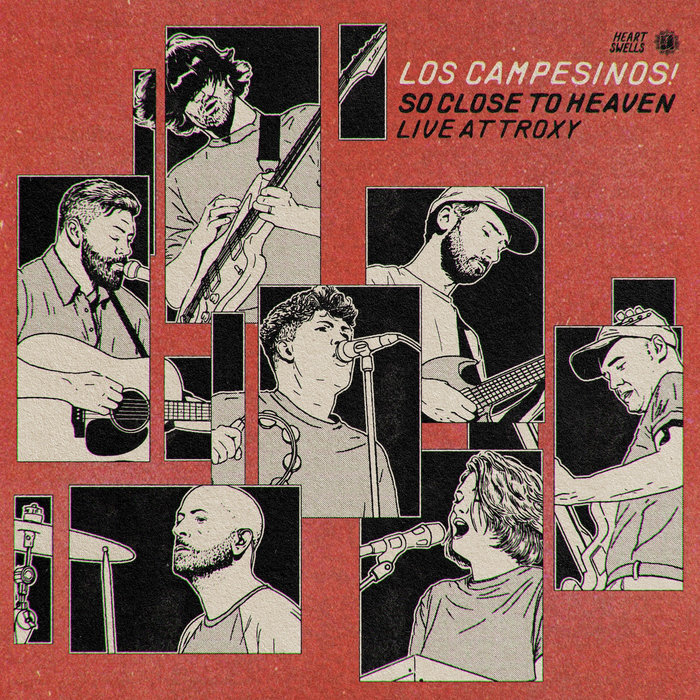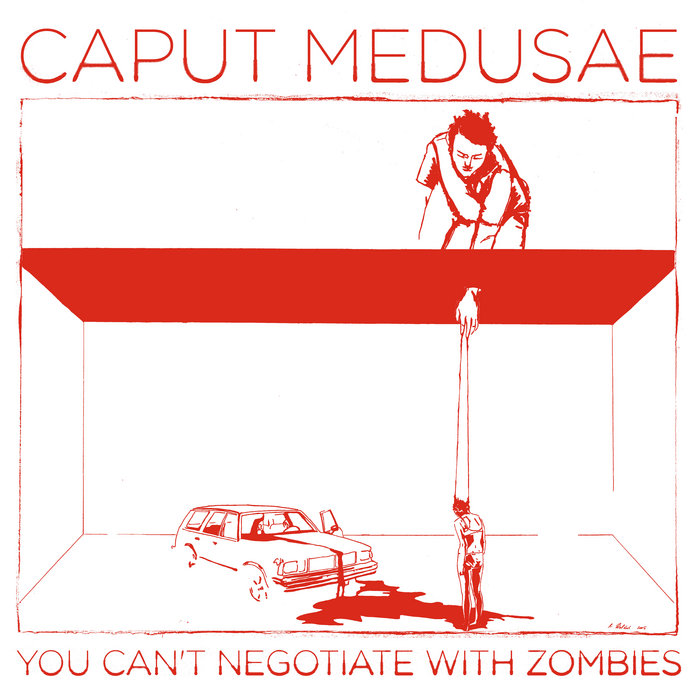
A.D.D. – La Agonía de Vivir
this blog is GROOVY – check out great Soul, Funk, Jazz, Hip Hop, Bass, Breaks , Reggae, House n many more TUNES
Ah, emo. The genre that’s made millions of teens cry into their plaid shirts while scribbling in their journals about lost loves and existential dread. But there’s so much more to it than just black nail polish and heartfelt lyrics! Let’s dive into the history of emo, a music style that’s as passionate as it is misunderstood.
Emo didn’t just spring up overnight like your friend after too much caffeine at 2 AM. The roots go way back to the mid-1980s with the hardcore punk scene in Washington D.C. Bands like Rites of Spring and Embrace began infusing emotional honesty into their music, departing from the typical aggressive sound of punk rock. They laid down the groundwork for what would eventually blossom into emo.
With its melodic guitar riffs and introspective lyrics, these bands set out to express vulnerability rather than mere rebellion. It was all about feelings—raw feelings! And boy, did they feel!
Fast forward to the 1990s when emo really started gaining traction. Labels like Lookout! Records were pumping out albums from acts such as Jawbreaker and Sunny Day Real Estate, which brought a bigger audience to this poignant genre.
The catch? Emo was still pretty underground—your mom wouldn’t know who these bands were unless she stumbled across them while browsing her cousin’s thrift store for vintage band tees (we’ve all been there).
Did you know that Jawbreaker turned down an offer from Geffen Records because they wanted them to change their sound? Here’s a band willing to sacrifice mainstream fame for artistic integrity! Or maybe they just didn’t want any suit telling them how many tearful ballads were too many!
By the early 2000s, some emos had traded flannels for skinny jeans as bands like My Chemical Romance, Fall Out Boy, and Dashboard Confessional catapulted emo into mainstream culture.
This era saw teen anthems emerge straight outta high schools everywhere—you could almost hear those angst-filled declarations at every corner café:
“I’m not okay!” 🎶
But let’s be real—while these artists sang about pain and heartbreak, they also had some quirks that made them truly lovable.
MCR’s Umbrella Academy: Gerard Way didn’t just stop at music; he created his own comic book series called “The Umbrella Academy.” Who says you can’t save both reality AND comic book universes?
Pete Wentz’s Lipstick: Fall Out Boy bassist Pete Wentz once admitted he borrowed his girlfriend’s lipstick not only as makeup but also said it improved his stage presence! Nothing says rocker chic quite like swiping your partner’s beauty products!
Taking Back Sunday Drama: Taking Back Sunday came packed with enough drama worthy of a soap opera! Their famous feud with Brand New (another big name) reportedly originated over a failed romance situation among members… can we say love triangles are real?
While nu-metal might have taken center stage later on with heavyweights like Linkin Park dominating airwaves, emo never really disappeared—it stealthily evolved! In recent years, we’ve seen bands such as Panic! At The Disco shift towards pop-rock vibes while still holding onto those lyrical themes reminiscent of classic emo—a little glittery yet undeniably raw around edges!
Moreover, newer genres like emo rap have emerged thanks to artists such as Lil Peep combining melodies wrapped in deep emotion usually found within traditional emo frameworks—talk about bridging generations through shared heartache!
Even now you’ll find social media dedicated solely toward nostalgic fearlessness expressed in moody selfies using #emo or #scene!
Did someone say TikTok? Yes indeed! Youth today discovers My Chemical Romance anew via viral videos showcasing specific songs making waves again—it seems heartbreak truly does transcend time…and playlists!
From its gritty underground beginnings filled with pure angstiness dripping sincerity through strumming guitars—to current indie influences blending melodrama & catchy hooks—the journey has been wild (and sometimes wacky)!
So next time when you’re blasting those tracks by your favorite emo artist while reminiscing over past crushes or questionable haircuts—that nostalgia hits different now doesn’t it?
Whether it’s panic attacks disguised under neon lights or sadness pouring elegantly amidst power chords—we’ll always hold space for our angsty unions here at EMOtopia where every tear shed leads us closer together m/
So keep rocking your eyeliner folks; remember it’s totally okay if you’re not always ‘okay’ because that’s all part of this beautifully chaotic journey called life—and who knows? You may even inspire another generation yet-to-come… 💔🎸

A.D.D. – La Agonía de Vivir

A Psychic Wound (Live at Troxy) – Los Campesinos!

Goodbye to All That – MakeWar

Eerie Dance – Caput Medusae

Alphabet Live in Edinburgh 28.01.23 – The Twilight Sad